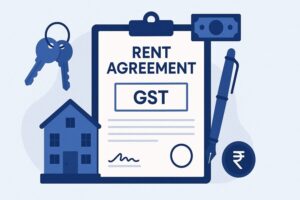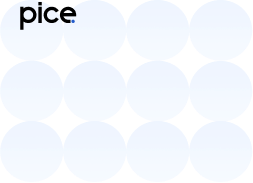Impact of GST on Steel Industry in India
- 12 Feb 25
- 9 mins
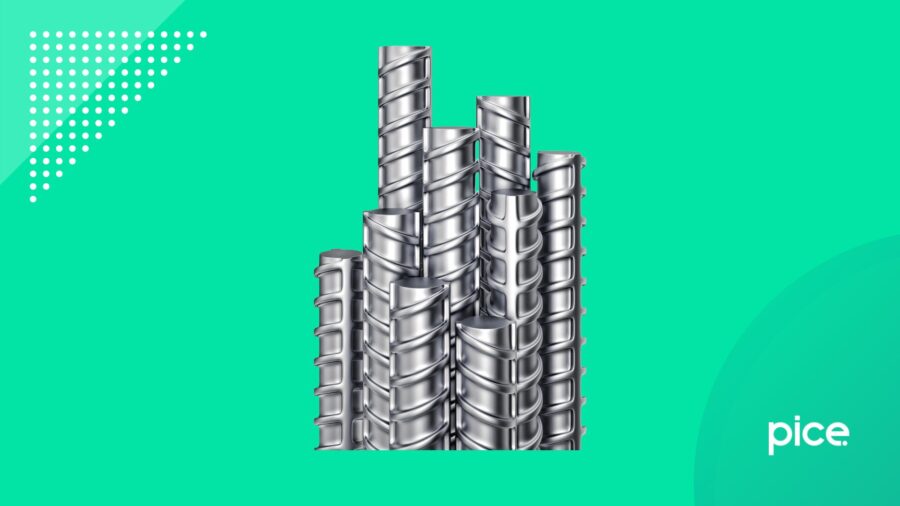
Impact of GST on Steel Industry in India
Key Takeaways
- Simplified Taxation: GST replaced multiple taxes with a unified 18% rate.
- Cost Savings: Input Tax Credit (ITC) reduced production costs.
- Better Logistics: Removal of inter-state barriers improved supply chains.
- SME Challenges: Large firms benefited, but SMEs faced compliance issues.
- Price Changes: Some items became cheaper (12% GST), others costlier (18%).
India has secured the title of the second-largest steel producer in the world. In 2023, our country produced around 118,201 kt of steel, making its contribution to world steel production stats inevitably known. By tracing relevant references, researchers predict that the Indian iron and steel industry will generate crores of rupees in 2025.
This blog will determine the impact of GST on the steel industry by examining its degree of applicability. Thus, explore the current GST rates on iron and steel. Understand the taxation landscape to be able to deduce the revolutionary impact GST has had. Further, we shall discuss the implications of taxation amendments on the Indian iron and steel industry.
What Is the GST on Steel and Iron?
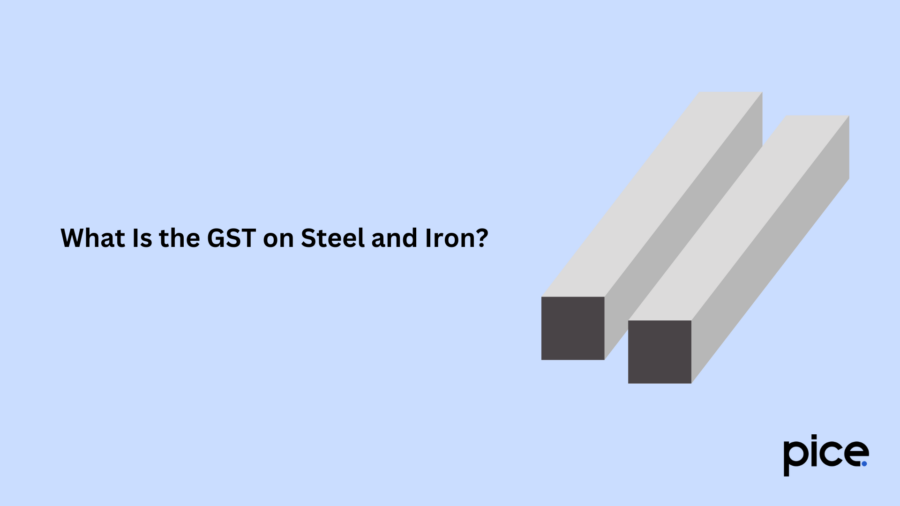
The GST rate applicable on steel and iron in India is 18%. Therefore, iron and steel bars, pipes, sheets, scraps and wires are all generally subject to this 18% GST rate within the country.
Latest GST Rates on Steel & Iron Bars and Other Products in 2025
Stay updated regarding the latest GST rates applicable on steel and iron bars, alongside other products for the year 2025:
| Steel and Iron Products | Applicable GST Rate | HSN Code |
| Unroasted iron pyrites | 5% | 2502 |
| Iron ores & concentrates (including roasted iron pyrites) | 18% | 2601 |
| Iron & non-alloy steel ingots, primary forms | 18% | 7206 |
| Iron/non-alloy steel semi-finished products | 18% | 7207 |
| Flat-rolled iron/non-alloy steel products | 18% | 7208 to 7212 |
| Iron/non-alloy steel bars & rods | 18% | 7213 to 7215 |
| Iron/non-alloy steel angles, sections & shapes | 18% | 7216 |
| Iron/non-alloy steel wire | 18% | 7217 |
| Stainless steel ingots, semi-finished products & primary forms | 18% | 7218 |
| Stainless steel flat-rolled items | 18% | 7219, 7220 |
| Stainless steel bars & rods | 18% | 7221, 7222 |
| Stainless steel wire | 18% | 7223 |
| Other types of alloy steel ingots/primary forms/semi-finished products | 18% | 7224 |
| Other alloy steel flat-rolled items | 18% | 7225, 7226 |
| Other alloy steel bars & rods | 18% | 7227, 7228 |
| Other alloy steel wire | 18% | 7229 |
| Iron/steel sheet piling & welded sections | 18% | 7301 |
| Iron/steel railway/tramway track construction material | 18% | 7302 |
| Cast iron pipes, tubes, & hollow profiles | 18% | 7303 |
| Iron/steel tubes, pipes & hollow profiles (apart from cast iron) | 18% | 7304 |
| Large diameter welded/riveted/similar iron or steel tubes & pipes (with external diameter over 406.4 mm) | 18% | 7305 |
| Iron/steel tubes, pipes & hollow profiles (welded/riveted/similar) | 18% | 7306 |
| Iron & Steel tube/pipe fittings (including couplings, elbows, & sleeves) | 18% | 7307 |
| Structures made out of iron/steel (Bridges & bridge sections, Lock gates, Towers, Lattice masts, Roofs and roofing frameworks, Doors, windows, door frames, thresholds, and shutters, Balustrades, pillars, & columns)Other than transmission towers | 18% | 7308 |
| Iron/steel reservoirs, tanks, vats & similar containers with a capacity exceeding 300 litres which are used for storing materials (apart from compressed or liquefied gas) | 18% | 7309 |
| Small iron/steel tanks, casks, drums, cans & boxes with a capacity of up to 300 litres meant to hold non-gas substances | 18% | 7310 |
| Iron/steel containers meant for compressed/liquefied gas | 18% | 7311 |
| Uninsulated iron/steel wire, rope, cable, band, sling, & other similar products | 18% | 7312 |
| Iron/steel barbed wire, single or twisted flat wire (barbed/unbarbed), & loosely twisted double wire made for fencing | 18% | 7313 |
| Iron/steel wire cloth (including endless bands, grills, netting, fencing & expanded metal sheets) | 18% | 7314 |
| Iron/steel anchors, grapnels, & their components | 18% | 7316 |
| Iron/steel nails, tacks, corrugated nails, drawing pins & staples | 18% | 7317 |
| Iron/steel screws, bolts, nuts, coach screws, rivets, cotters, cotter pins, screw hooks & washers (including spring washers). | 18% | 7318 |
| Handheld iron/steel knitting needles, crochet hooks, bodkins, embroidery stilettos, and similar tools (including safety pins & other unspecified iron or steel pins) | 18% | 7319 |
| Iron & steel springs & spring leaves | 18% | 7320 |
| Iron/steel stoves, ranges, grates, gas rings, cookers (including ones with built-in boilers made for heating), barbecues, plate warmers, braziers, & similar non-electric household appliances, plus their components | 18% | 7321 |
| Iron/steel kerosene burners, kerosene stoves, & wood-burning stoves | 12% | 7321 |
| Non-electric iron/steel radiators for central heating & their respective components (includes non-electric iron/steel air heaters & hot air distributors with built-in fans/blowers, plus their parts) | 18% | 7322 |
| Iron & steel kitchenware, tables & other household items (including utensils) | 12% | 7323 |
| Iron/steel wool, pot scourers, scouring/polishing pads, gloves & similar cleaning tools. | 18% | 7323 |
| Iron & steel sanitary ware, plus their components | 18% | 7324 |
| Other Cast Iron/Steel Items | 18% | 7325 |
| Other Articles made of Iron/Steel | 18% | 7326 |
| Artware made of iron | 12% | 7326 90 99 |
Latest GST Rates on Steel & Iron Scraps and Powders in 2025
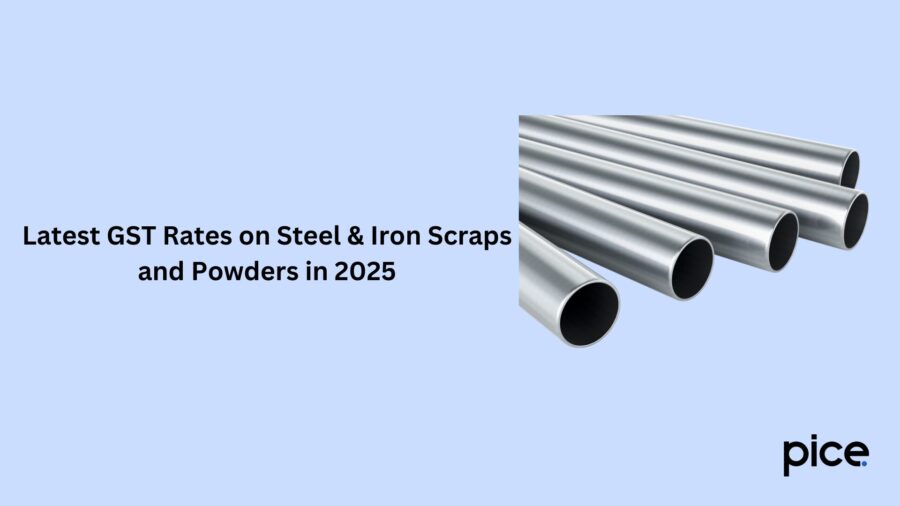
The latest GST rates on steel/iron scraps and powders apply as specified below, for the year 2025:
| Steel & Iron Products | HSN Code | Applicable GST Rate |
| Granulated slag sand made from the manufacture of iron/ steel | 2618 | 5% |
| Slag waste made from the manufacture of iron/steel | 2619 | 18% |
| Dross (apart from granulated slag) waste made from the manufacture of iron/steel | 2619 | 18% |
| Scalings & other waste from the manufacture of iron/steel | 2619 | 18% |
| Slag, ash & residues containing metals, arsenic/their compounds (other than from the manufacture of iron/steel) | 2620 | 18% |
| Ferrous waste of iron/steel | 7204 | 18% |
| Remelting scrap ingots of iron/steel | 7204 | 18% |
| Pig iron granules & powders | 7205 | 18% |
| Spiegeleisen granules & powders | 7205 | 18% |
| Iron granules & powders | 7205 | 18% |
| Steel granules & powders | 7205 | 18% |
Historical GST Rates and Note-worthy Changes
In the pre-GST landscape, there were essentially two major taxes that were applicable on the production of steel and iron, prior to reaching the consumer. Namely, the excise duty was 12.5%, and the VAT was approximately 5%. Thus, the total tax applicable was around 17.5%.
Certain conditions applied. In the case of interstate sales, CST was charged at 2% instead of VAT, with a C-Form and 5% without the C-Form. This complicated the tax structure, leading to price disparities across regions. However, with the implementation of GST on iron and steel, the multiple taxes were subsumed into one single tax regime.
Ever since the beginning, steel and iron GST rates have been adjusted along the way. Initially, the rate was set at 18%. Later, GST rates for specific steel items, including kitchen utensils, were reduced to 12%, making them more accessible to buyers. However, the generally accepted GST rate for most of the iron and steel products has stayed at 18%.
Impact of GST Rate on Iron & Steel
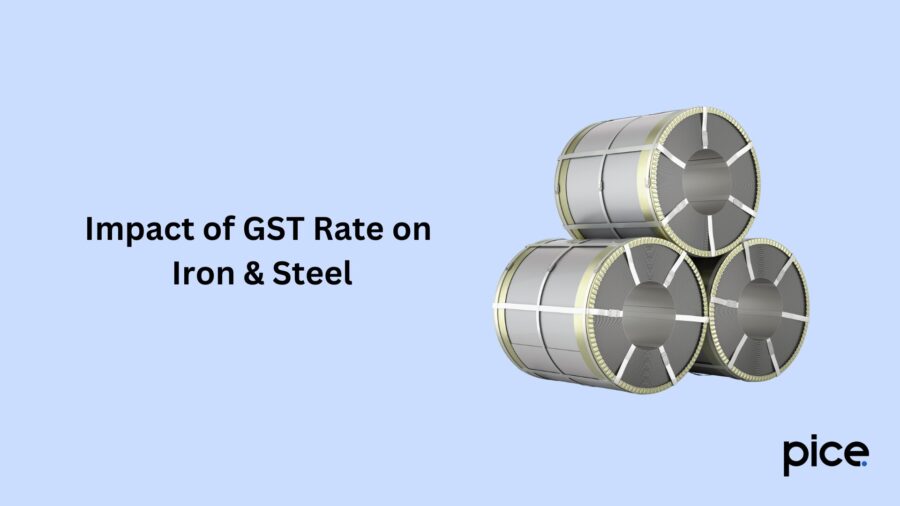
These points summarise the impact of the introduction of GST on iron and steel:
● Simplification of the Tax Structure: The main objective of GST was to simplify an otherwise complex tax structure in India. The steel and iron industry previously dealt with several tax requirements, but currently, business heads are thoroughly benefiting from a unified tax system. GST has successfully streamlined processes, minimising the compliance burden on iron and steel manufacturers, thus enhancing efficiency.
● Advantage of ITC (Input Tax Credit): GST sets the Input Tax Credit mechanism in motion. It allowed enterprises to offset their taxes paid on inputs (i.e. procuring raw materials and expenses at other stages of production) against the final tax liability. For the iron and steel industry, this led to cost savings and a boosted competitive edge.
● Supply Chain Efficiency: GST has fueled efficiency in the supply chain for the iron and steel sector. The introduction of a seamless tax collection system and the simultaneous removal of inter-state barriers have allowed for the convenient movement of items. This has reduced logistics costs and has made timely project deliveries possible on the manufacturers’ end.
● Impact on Small and Medium Enterprises (SMEs): It goes without saying that large-scale steel manufacturers have reaped a multitude of benefits from the GST framework. However, the impact has been varied on small and medium-scale enterprises (SMEs) within the iron and steel sector.
● Challenges with Compliance: Even though there have been positive changes, the GST transition has brought about its fair share of challenges to do with compliance in the steel and iron sector. Only after certain adjustments in accounting processes/systems later on, adapting to the new tax regime has been made an acceptable reality.
Conclusion
The application of GST on iron and steel has led to tweaks in pricing to various degrees, making certain products like steel kitchen utensils more accessible with a 12% tax rate. Some other products like radiators and barbecue sets have become slightly more expensive with an associated 18% tax rate. Despite this scenario, the iron and steel industry has vastly benefited from the lower GST rates on key inputs such as coal and iron ore, minimising overall production costs and logistics.
When we trace the impact of GST on the steel industry, it is also important to note that small and medium-scale enterprises have had varied experiences with the new regime. There have also risen compliance challenges. Therefore, we can conclude that while the GST system has led to an overall improvement in the tax collection procedure in India, it does set its share of complications in the iron and steel industry.
💡If you want to streamline your payment and make GST payments via credit card, consider using the PICE App. Explore the PICE App today and take your business to new heights.
FAQs
 By
By 






